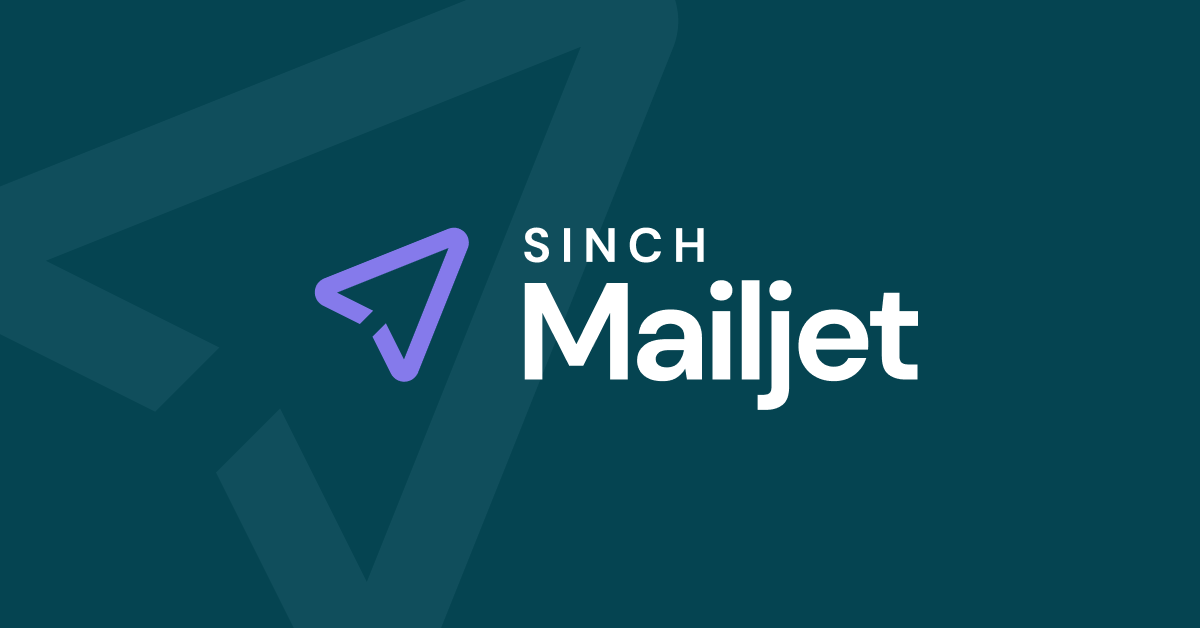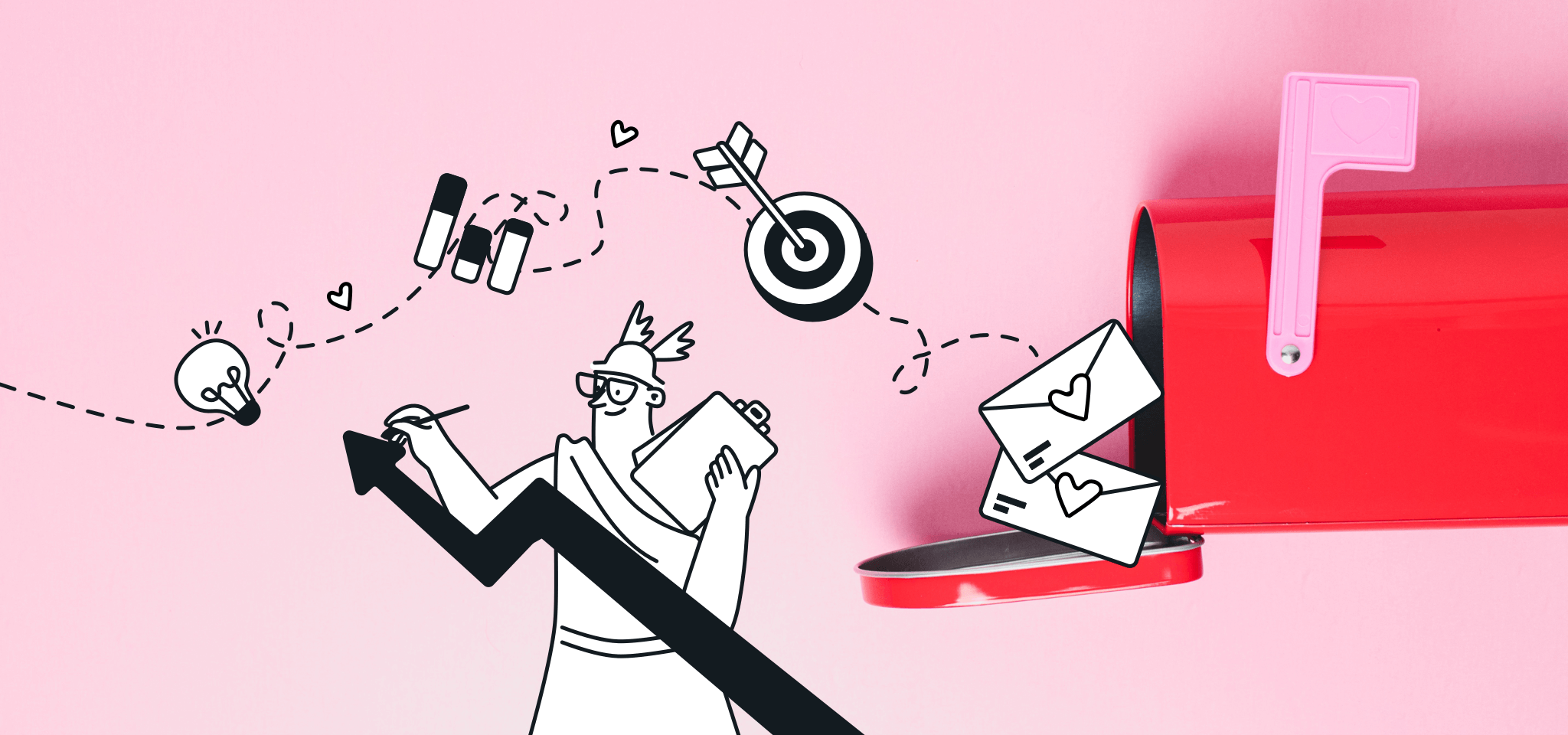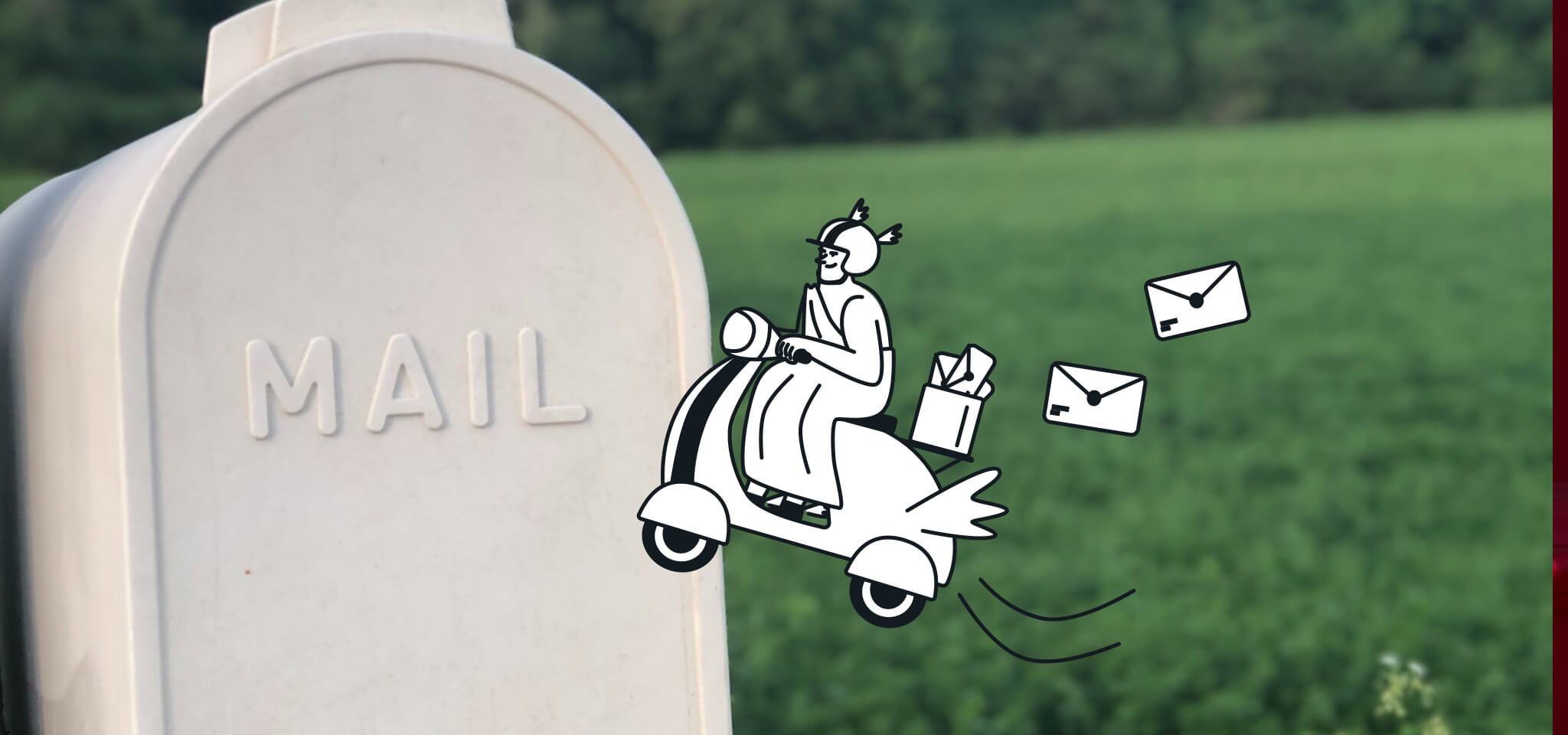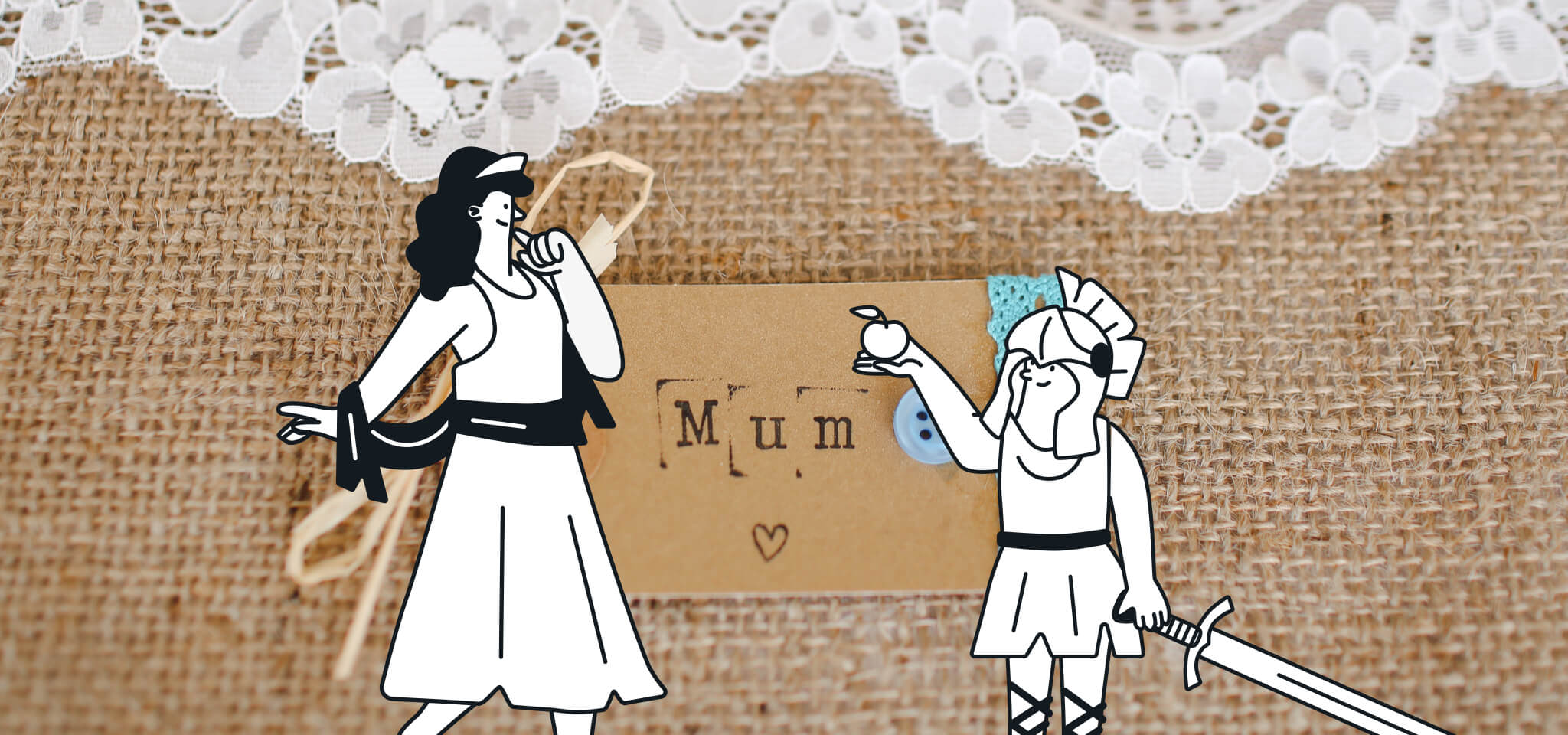Company
Email Academy: Ask us anything 2.0 – live Q&A
Our second Q&A session in the Email Academy series. Mailjet’s expert panel answered some of email marketers’ most burning questions from authentication, optimization, to accessibility.
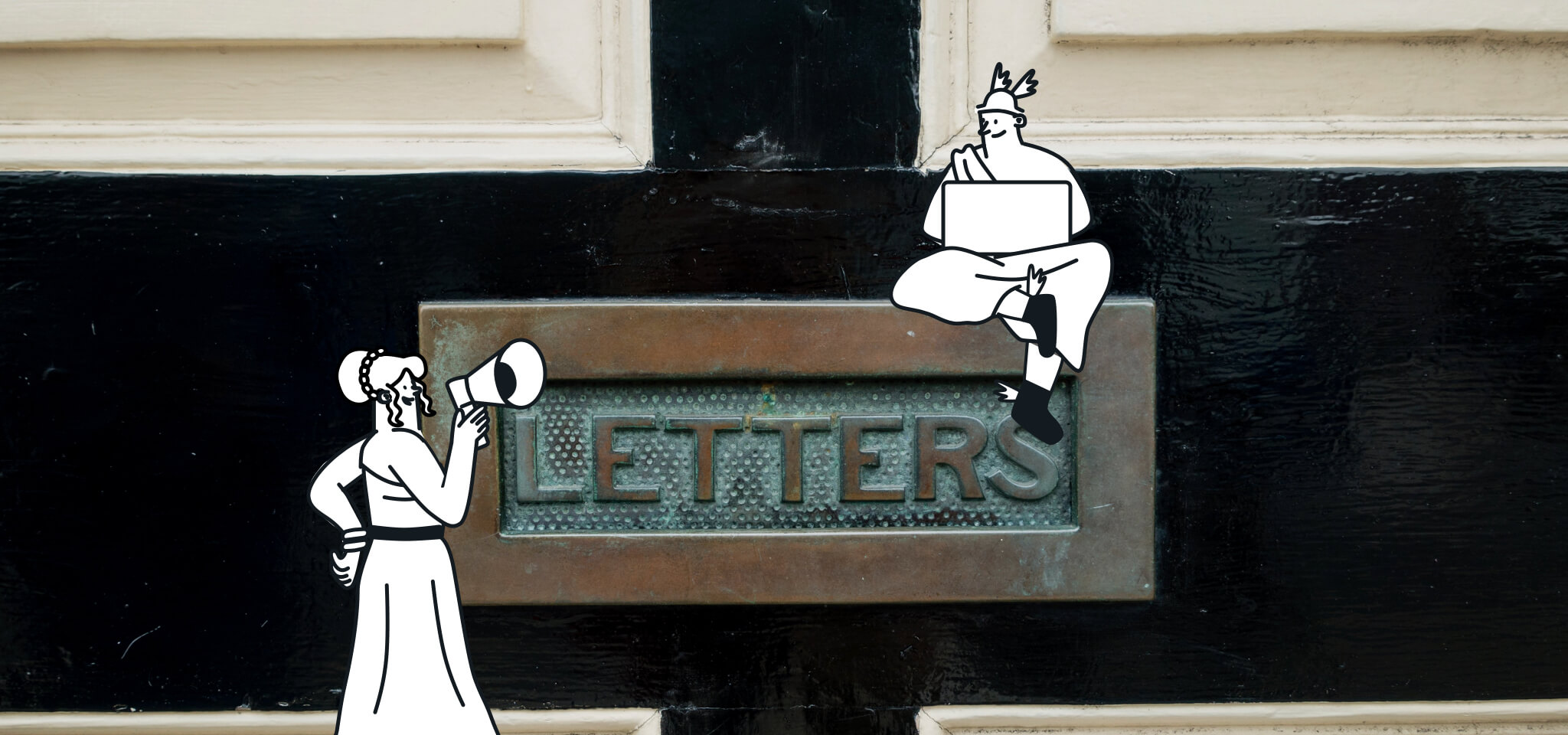
PUBLISHED ON
The latest Mailjet Email Academy Q&A webinar was packed with valuable insights covering the latest industry updates, email deliverability best practices, and strategies for improving engagement.
The session featured expert insights from Natalie Lynch, Senior Product Manager at Mailjet, Julia Ritter, Senior Email Marketing Manager at Mailjet, and a special guest appearance from Sinch’s Senior Email Developer, Megan Boshyuzen, as they tackled over 200 audience-submitted questions on everything from AI in email marketing, the latest ISP regulations, and the evolving role of email authentication.
As always, we’re going to run through some of the questions we couldn’t get to during the webinar. We’ll break them down into the following categories:
What to watch out for in email in 2025
Technical and platform-specific
AI in email marketing
Email design
Table of contents
Email authentication
European Accessibility Act (EAA)
Custom domains
Sinch Mailjet and Sinch EoA
Email cart abandonment
B2B email
Is email dead?
Whitepapers and eBooks
Impact of AI
Keeping it personal
Newsletter templates
Email trends across the industry
What to watch out for in email in 2025
Email authentication
As with our first Email Academy Q&A, email authentication was another hot topic of discussion. And for good reason – it has been a growing focus for inbox providers, and Natalie Lynch emphasized that stricter regulations are likely on the horizon.
While this question was answered in the session, it remains a vital topic for email marketers and senders to wrap their heads around.
“What changes do we foresee for DMARC in the next 5 years”
Natalie noted that the industry is moving toward stricter DKIM requirements across all major email providers, with DMARC adoption anticipated to grow substantially in response. Unsure about email authentication and its seemingly endless stream of acronyms? Not to worry, you’re definitely not alone. We’ll go through some of the key elements below.
Email authentication is the process of verifying the legitimacy of an email sender and the integrity of their message(ing). The three standard email authentication protocols are:
SPF (Sender Policy Framework)
DKIM (DomainKeys Identified Mail)
DMARC (Domain-based Message Authentication, Reporting, and Conformance).
They work in conjunction to validate a sender's identity, prevent email spoofing and phishing attacks, and improve overall security and email deliverability.
Pro tip: Sinch Mailjet users can use our detailed documentation to set up the SPF and DKIM email authentication protocols required by Gmail and Yahoo. They can also benefit from detailed email statistics to stay on top of spam complaints and bounce rates or features like Bulk Validations, which helps remove high-risk and invalid addresses from your lists before you send.
DMARC adoption, while still less common among smaller senders, is expected to grow in 2025. Platforms like Google and Yahoo are increasingly enforcing stricter requirements for authentication. Natalie’s advice? “Adopt early. It’s a simple step that builds trust and enhances your sender reputation.”
We sat down with Yahoo’s Senior Director of Product, Marcel Becker, and Google’s Director of Product Anti-Abuse and Safety, Anu Yamunan, to find out with these changes mean for email senders.
European Accessibility Act (EAA)
“Are there any regulations coming that email senders should be aware of?”
Yes, there is indeed one important regulation just around the corner. On June 28, 2025, the European Accessibility Act (EAA) will come into effect. Now, this regulation isn’t just for European Union (EU)-based businesses, as it applies to any company offering products or services within the EU.
So, what is the EAA?
The EAA is a key regulation aimed at making digital experiences more inclusive by requiring businesses to remove accessibility barriers. From June 28, 2025, companies operating in the EU – or serving EU customers – must ensure their digital content, including websites, mobile apps, and email campaigns, meets strict accessibility standards.
For email marketers, this means adapting designs and content to be readable, navigable, and engaging for all recipients, including those using assistive technologies.
How to prepare for the EAA
Add alt text to all images so screen readers can interpret them.
Use clear, high-contrast colors for better readability.
Ensure your emails are mobile-friendly and follow WCAG accessibility guidelines.
Further reading: If you want more information about email accessibility, what it is, and why it’s important for email marketers, this comprehensive email acccessibility guide provides a great outlay for both beginners and experienced senders.
Technical and platform-specific
Custom domains
Using a custom sending domain isn’t just a nice-to-have – it’s foundational. It ties your emails to your brand, builds trust from the first glance, and helps you land in the inbox, not the spam folder. When your email domain matches your business website, it shows your audience you’re legitimate.
So, for example, if you ran a hand-made shirt business in Barcelona with a website domain name of www.craftshirtsbarcelona.com, your email marketing should be sent from the same domain.
How do I set up a custom domain?
Luckily for us, Natalie kindly pulled together a short video outlining how to do just that.
This tutorial explains how to validate and authenticate a sending domain in Mailjet, a process essential for improving email deliverability and protecting your brand's reputation.
Sinch Mailjet and Sinch EoA
While both email services operate under the Sinch umbrella, they serve different email marketing and sending needs.
What is the difference between Sinch Mailjet and Sinch Email on Acid?
Sinch Mailjet is an email solution designed for people who need a scalable and collaborative email-sending platform. It provides tools for email creation, automation, and transactional email delivery, making it ideal for teams wanting an all-in-one platform.
Sinch Email on Acid, on the other hand, is focused on email testing and optimization. While Mailjet does include EoAs email previews functionality, allowing you to check that emails display correctly across different clients, devices, and screen sizes – EoA offers advanced email previews, spam testing, and performance analytics to improve email deliverability before deployment.
Of course, if you want your emails to be seen and not just sent into the void... combining both Mailjet and EoA is the ultimate email marketing power play.
Email strategy and best practices
Email cart abandonment
Customers can bail on digital game orders. What's working best to get them back? And how fast should we hit them with a reminder? Like, an hour? A day?
Correct, one of the best tactics to bring potential customers back to finalize that order is through a well-timed and strategic email sequence. As suggested, you could try:
First email (within 1 hour): A gentle nudge while their interest is still fresh. This can be a simple “You left something behind” message with a direct link to their cart.
Second email (24 hours later): Add urgency. Mention limited-time offers, bonuses, or social proof, for example, “Join thousands of players enjoying this game today!”.
Third email (48–72 hours later): Final reminder. Highlight additional incentives (if possible) like exclusive in-game content, a discount, or free extras.
B2B email
What are some B2B email best practices? How can I cut through the noise?
B2B (business-to-business) decision-makers are bombarded with messages daily, so to cut through the noise your email must quickly convey value. Start with a compelling subject line that speaks directly to their pain points or goals– something that makes them feel the email is worth opening.
Once inside, keep the content concise and scannable. Use a personalized approach, addressing the recipient by name and referencing their industry or business needs. Instead of a broad pitch, highlight a specific benefit or insight that makes your solution worth considering.
Beyond content, timing and consistency play a crucial role in engagement. Research the best send times for your audience – Tuesday and Thursday mornings often perform well – and maintain a steady but non-intrusive cadence. And lastly, don’t just sell. You must provide value, whether trying to promote a case study or perhaps relevant industry trends, positioning yourself as a helpful resource will foster trust and increase engagement over time.
Further reading: If you’re wanting to dive deeper into the topic, we put together an extensive guide on B2B email marketing that runs through everything from best practices, tools, and how to implement a long-term email marketing strategy.
Is email dead?
What is the best way to answer the century-old question in 2025 from management: “Email is dead, why are you pushing us to invest in email marketing?”
Despite the recurring claim that email is dead we’ve got some pretty strong data that points to the contrary. In fact, we’d even go so far to say email marketing remains the most highly effective channel in 2025.
According to Mailjet's email engagement report, 75.4% of consumers in the U.S., UK, France, Germany, and Spain prefer email for receiving promotional messages, and 74% favor it for transactional communications.

And in terms of return on investment (ROI), email marketing continues to outperform many other channels. The average ROI of $41 for every $1 spent on email marketing is the highest by any channel by far. You won’t find a better ROI than that.
Whitepapers and eBooks
It's common practice to encourage people to sign up for your mail list by offering a white paper or download. After signup, they should be immediately redirected to the download page. But what if you offer different downloads for different audiences?
If you offer different downloads for different audiences, it's important to personalize the signup flow based on subscriber selection. One approach is to create segmented signup forms, where each audience has a dedicated landing page and is automatically redirected to the relevant download page after signing up.
Alternatively, you could use a single signup form with a dropdown menu or checkboxes, allowing readers to select their preferred content, which then triggers a conditional redirect. Finally, you could direct users to a multi-download portal, where they can then choose from multiple resources instead of submitting separate forms.
Whichever option you go for, make sure that the experience is coherent across all touchpoints – sign-up forms, landing pages, and email.
Julia and Natalie actually covered a session on maintaining consistent branding across all customer touchpoints in their recent Email Camp MessageMania session, Uniting your signup forms, emails, and landing pages with cohesive branding
How AI is reshaping email marketing
Impact of AI
AI-powered tools have started transforming email marketing workflows, from copywriting to segmentation. An attendee asked:
“What are some of the top impacts AI is having on email marketing right now”
It’s not just email copy that’s seeing the benefits of AI. Other tasks that once took hours – such as crafting subject lines or A/B testing campaigns – can now be refined in minutes.
Also, with tools such as Mailjet’s Template Generator and Brand Kit senders can integrate their brand elements (logos, color schemes, fonts) directly into prebuilt, automatically generated templates. This ensures brand cohesion across all email communications and significantly reduces the time and effort required to create branded emails.
The tutorial video below show’s what you can expect from Mailjet's AI Template Generator and just how much time you can save on campaign creation
Keeping it personal
Are there specific strategies to ensure AI-generated content feels human and engaging rather than robotic?
There absolutely is. To make AI-generated content feel more human and engaging in email marketing, you can start by injecting personality and brand voice into your messaging. While AI can craft copy efficiently, it often does so without any warmth or relatability (making it sound robotic). So, make sure you review and refine all AI-generated copy, adding humor or storytelling elements that make messages more compelling.
Additionally, you can personalize your emails beyond just inserting a first name in the title. Try referencing past interactions, tailor recommendations, and use dynamic content to create a sense of genuine connection. AI-generated emails should feel like they were written for the recipient, not just to them.
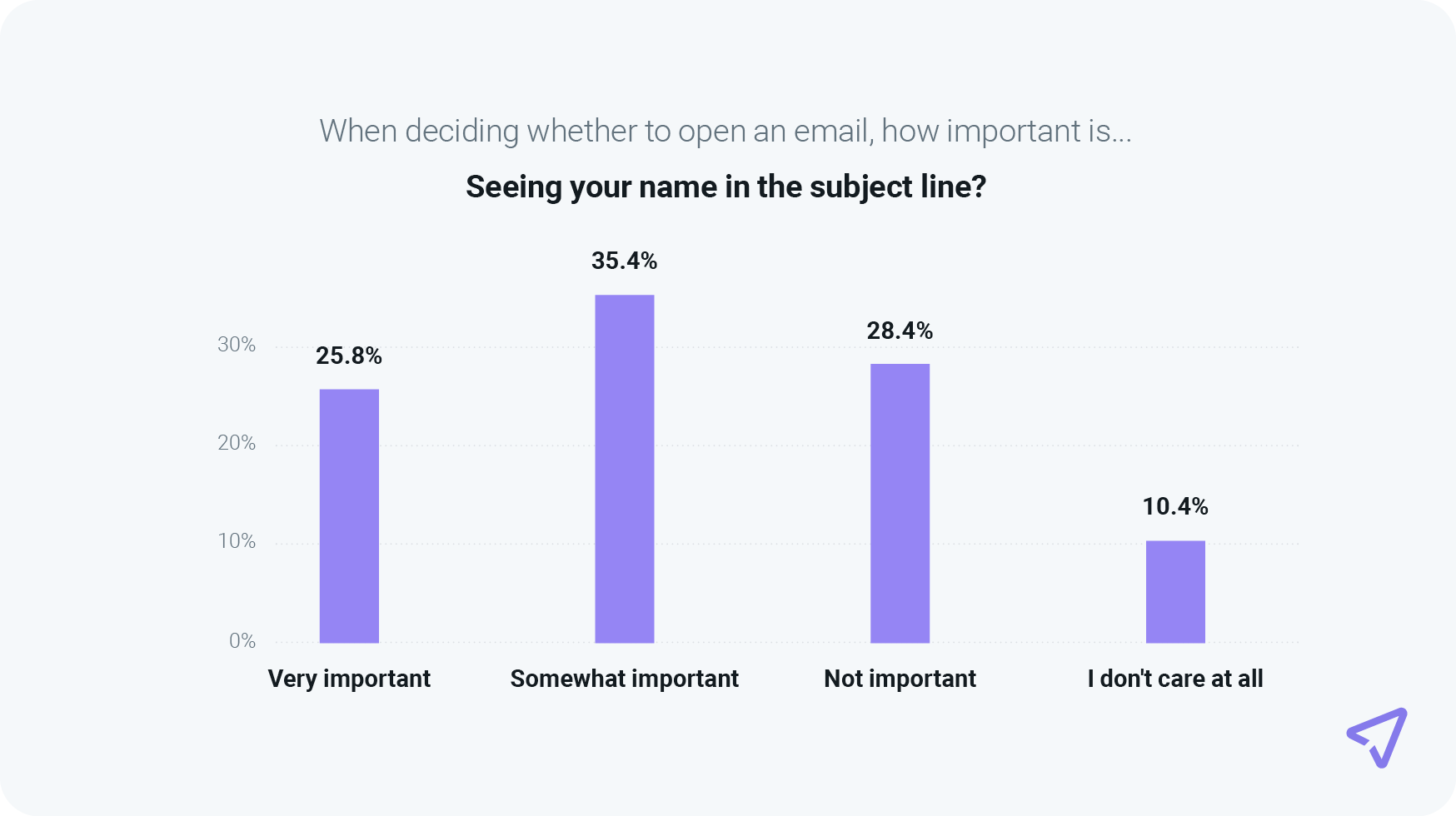
In our The path to email engagement report, 61.2% of survey participants rated a name in the subject line as important when deciding whether to open an email or not.
Email design
Newsletter templates
“What is the best way to design a template that will look the same on all devices?”
Without a doubt the best way to ensure your emails and newsletters display correctly on all devices is to use responsive email design. This is because it ensures that the layout adapts seamlessly to different screen sizes and devices. And with the variety of devices used to access email these days – from desktops to smartphones and tablets – adjusting the content's size, layout, and images based on the user's screen resolution is crucial.
This flexibility also ensures that the newsletter is easily readable and visually appealing (regardless of the device) avoiding issues like distorted images or text that's too small to read.
Did you know that 53% of emails are opened on mobile? Mailjet's pre-built newsletter templates are responsive, meaning they are automatically formatted to adjust and adapt to any mobile or desktop device.
Email trends across the industry
How are industry leaders handling design?
A great question! Fortunately for us, Really Good Emails’ Head of Growth, Mike Nelson, went through some email design best practices and trends in his Email Camp MessageMenia session. We highly recommend you take a look.
Rewatch the webinar
If you missed the live recording of Ask us anything - live Q&A 2.0 with Mailjet’s experts you can catch full webinar below:
Final thoughts
This interactive Q&A session underscored the importance of staying proactive, authentic, and data-driven in email marketing. From deliverability basics to advanced personalization techniques, there’s always room to refine your strategy and connect more meaningfully with your audience.
We’re grateful for the enthusiastic participation and thoughtful questions from our attendees. If you want to know more about our webinar series head over to the Email Academy page for more information.
